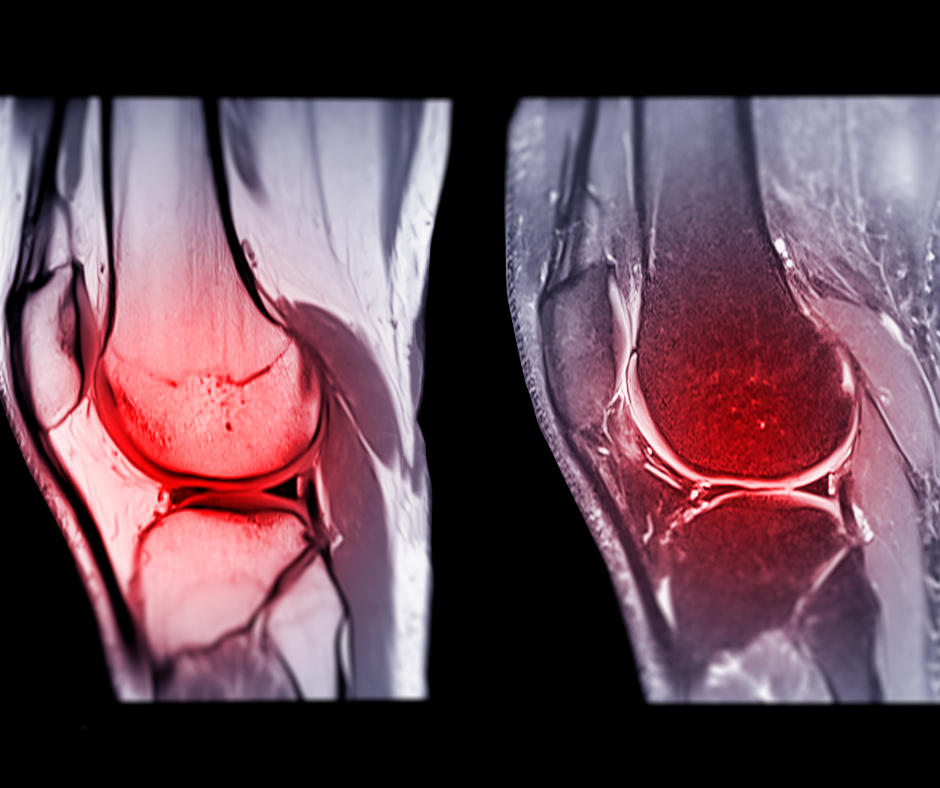The Benefits of ACL Prevention Programs
Anterior cruciate ligament (ACL) injuries are among the most common knee injuries in sports, particularly in athletes participating in high-risk activities such as football, rugby, basketball, and skiing. These injuries can lead to significant physical, emotional, and financial burdens. However, research has shown that ACL prevention programs are effective in reducing the incidence of these injuries. This blog explores the benefits of such programs, emphasising their importance for athletes and recreational participants alike.
Understanding ACL Injuries
The ACL is crucial for knee stability during various movements, including pivoting, jumping, and rapid changes in direction. Injuries to the ACL can occur due to traumatic events or biomechanical factors. Female athletes are at a higher risk for ACL injuries, with studies indicating that they are two to eight times more likely to suffer an ACL tear than their male counterparts.

The Role of ACL Prevention Programs
- Strength Training: Targeting the muscles around the knee to enhance stability.
- Plyometric Exercises: Improving explosive power and agility.
- Balance Training: Enhancing proprioception and coordination.
- Technique Modification: Teaching proper landing and cutting techniques to reduce stress on the knee.
Research indicates that these multifaceted approaches can significantly decrease the risk of ACL injuries.
Benefits of ACL Prevention Programs
1. Reduced Injury Rates
Numerous studies have demonstrated that ACL prevention programs can lead to a substantial reduction in injury rates. A meta-analysis by Sugimoto et al. (2016) found that such programs can reduce the risk of ACL injuries by 50% or more, particularly among female athletes. This reduction not only preserves athletes' physical health but also enhances their long-term athletic careers.
2. Improved Performance
In addition to reducing injury rates, ACL prevention programs can improve overall athletic performance. By focusing on strength, agility, and balance, athletes often experience enhanced performance metrics. A study by Myer et al. (2005) showed that athletes who participated in prevention programs exhibited improved jumping ability and speed, contributing to better performance in competitive settings.
3. Cost-Effectiveness
ACL injuries can lead to significant medical expenses, including surgery, rehabilitation, and lost time from work or sports. Implementing prevention programs can be a cost-effective strategy for sports organizations and teams. According to a study by Griffin et al. (2000), the financial burden of ACL injuries can be mitigated by investing in prevention programs, which may ultimately save healthcare costs and improve athletes' quality of life.
4. Enhanced Awareness and Education
Implementing ACL prevention programs raises awareness about injury risks and prevention strategies among athletes, coaches, and parents. Education about proper techniques and the importance of strength training can foster a culture of safety in sports. Research by Hewett et al. (2009) emphasises the need for ongoing education to ensure that athletes understand the mechanics of their movements and the implications for injury prevention.
10-15 minutes of plyometrics, balance, strength exercises pre training and matches can really make a difference. You can check out different examples of injury prevention programs at
- Sport metric program
- FIFA 11+ warm up
- The PEP program
- The Knee Program- Netball Australia
- The FootyFirst program- AFL

Conclusion
The implementation of ACL prevention programs is a critical strategy for reducing injury rates, enhancing athletic performance, and promoting long-term health among athletes. As research continues to support the efficacy of these programs, it becomes increasingly important for sports organisations to invest in preventive measures. By prioritising injury prevention, we can create safer athletic environments and ensure that athletes can enjoy their sports for years to come.
Jon McComish PGc BSc (Hons)
Clinic Director & Chartered Physiotherapist
Chelmsford Physio
Riverside Leisure Centre, Victoria Rd, Chelmsford CM1 1FG



